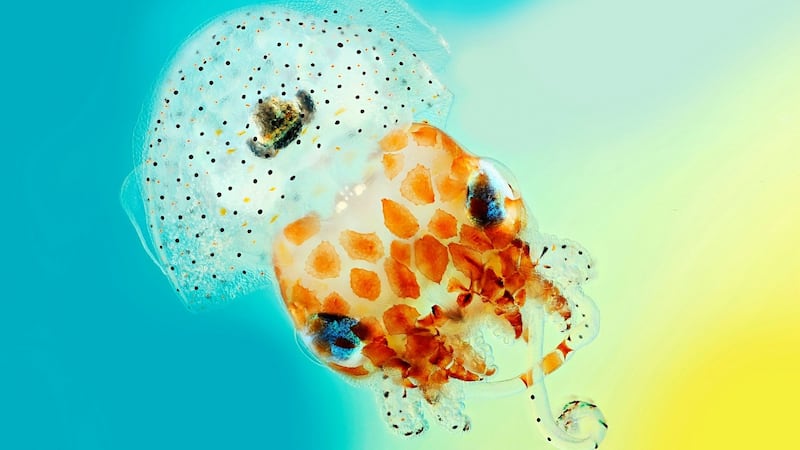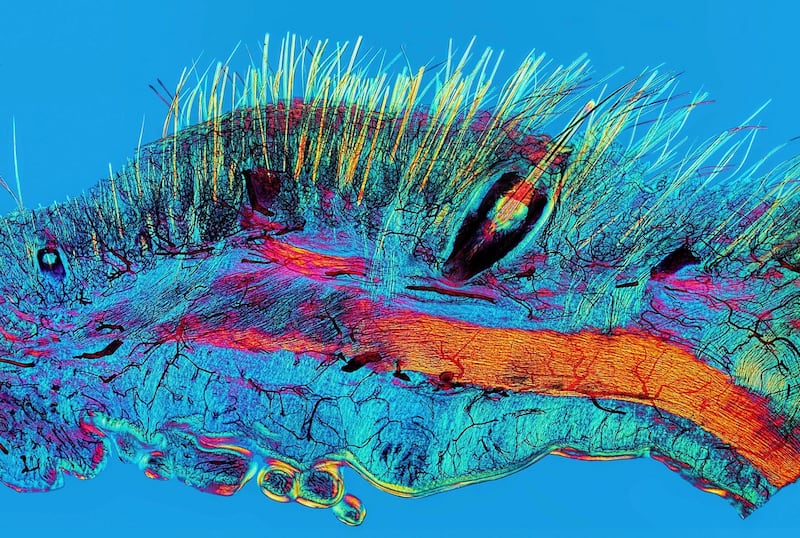A graphical interpretation of Twitter posts about breast cancer is among the 22 finalists in the 2017 Wellcome Image Awards.
The graphic visualisation was created by an Irish academic team using the contents of 92,915 tweets containing the term #breastcancer which were sent over an eight-week period.
Eric Clarke, Richard Arnett and Jane Burns of the Royal College of Surgeons in Ireland developed the work, which used methods that make complex data more accessible and understandable.


The three were "very honoured" to be selected as one of the winners of the Wellcome Image Awards for 2017, Mr Clarke said.
Dots in the graphic represent Twitter users, and larger connecting lines between them show how often a post was shared. The very large nodes show trending data, with one tweet having been retweeted thousands of times.

The final 22 winning entries for the awards were selected from thousands of submissions to the Wellcome Trust for its annual international competition to highlight striking images from the world of science.
The images go on public display at the Science Gallery at Trinity College Dublin on Tuesday morning and will also be shown at 11 other locations, including W5 in Belfast and venues in Britain, South Africa and Russia.
Blood vessels
One of the selected images displays the blood vessels inside an African grey parrot, while another shows the growing human spinal cord. Another is a close-up of a mouse retina.
The Wellcome Image Awards open up a world of science that often remains hidden to the naked eye, according to BBC medical correspondent Fergus Walsh, a member of the judging panel.
The “spectacular array” of images would captivate and inspire the public, he said.
This is the 20th year of the awards and the second year the Science Gallery hosted an exhibition of the winning entries.
A gallery of the winning images can be seen on irishtimes.com.










